in North Dakota (page 1 of 2)
June 7, 2012
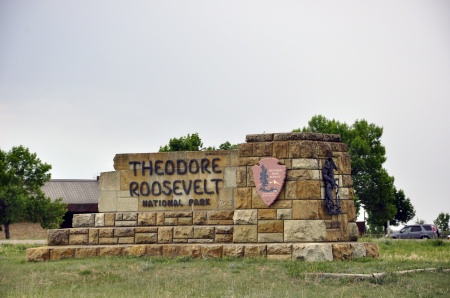
| at Theodore
Roosevelt National Park in North Dakota (page 1 of 2) June 7, 2012 |
 |
|
After
viewing The Painted Canyon, the two RV Gypsies continued their journey
to the South Unit Entrance of the Theodore Roosevelt National Park in
Medora. After checking in at the gate, they came across the Medora Visitor
Center, which houses a gift shop and a museum. The restored Maltese Cross
cabin, which was Roosevelt's first ranch house in the badlands, is behind
the visitor center, but the two RV Gypsies did not get there. |
|
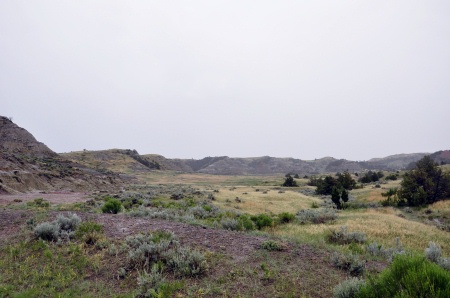 |
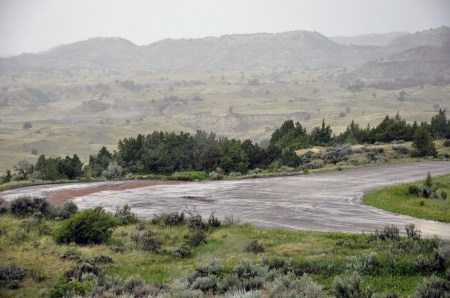 |
| Below:
The Medora Overlook |
|
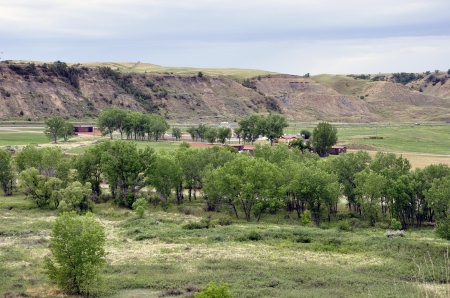 |
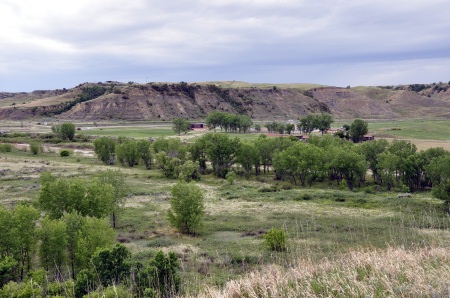 |
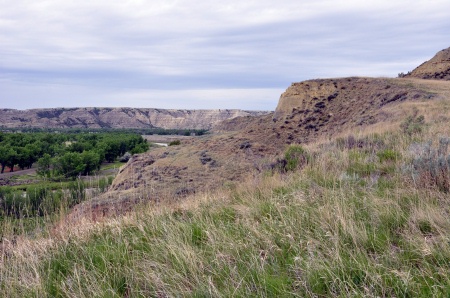 |
|
From
The Medora Overlook, the two RV Gypsies saw how Highway I-94 cuts right
through the National Park. |
|
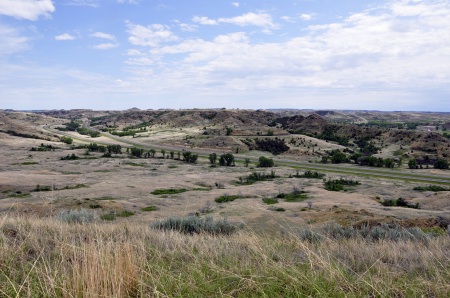 |
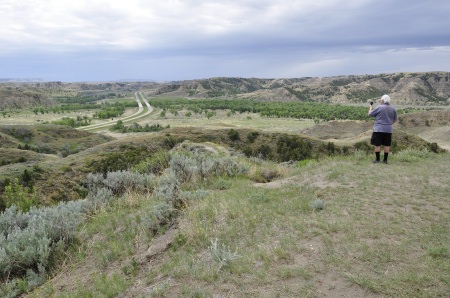 |
 |
|
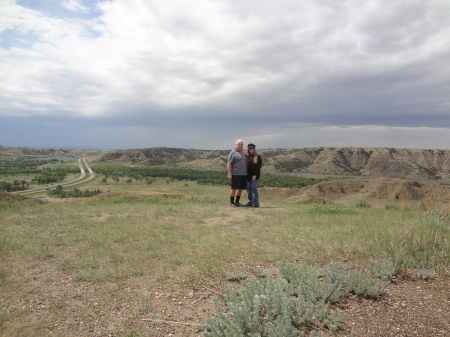 |
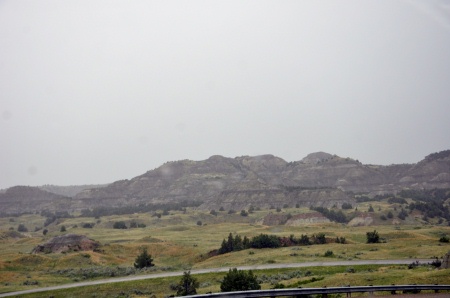 |
 |
|
 |
|
| Below: The two RV Gypsies looked over the edge to see the erosion. It is said that eventually this land will be flat. What a crime that will be, but this generation will not be around to see it. | |
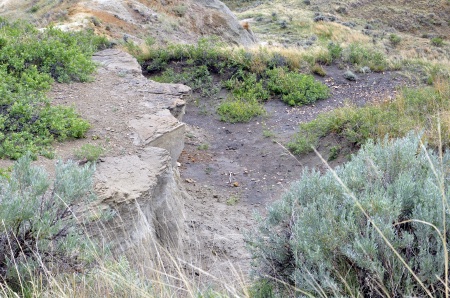 |
|
| Below: Looking back towards the park road from the Medora Overlook, the truck of the two RV Gypsies looked quite lovely, yet lonely. | |
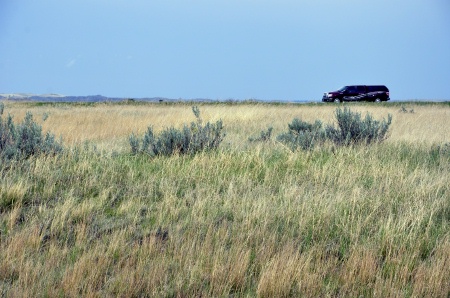 |
|
Below: More beauty at Theodore Roosevelt National Park. |
|
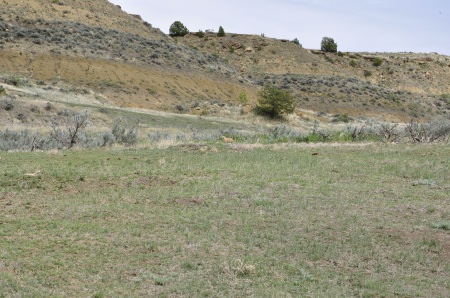 |
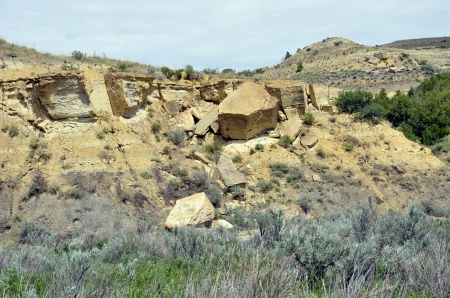 |
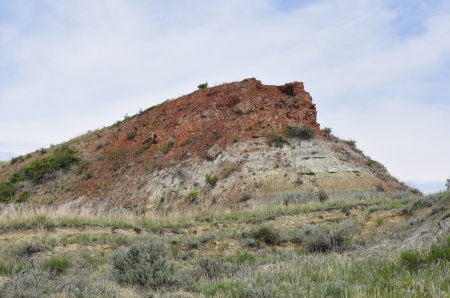 |
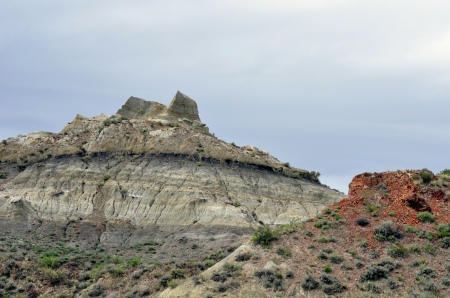 |
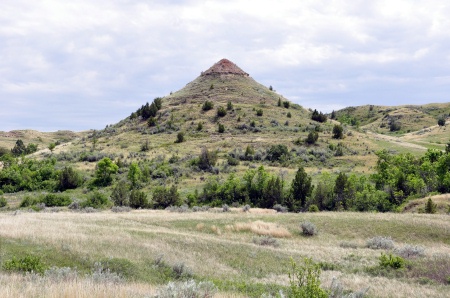 |
|
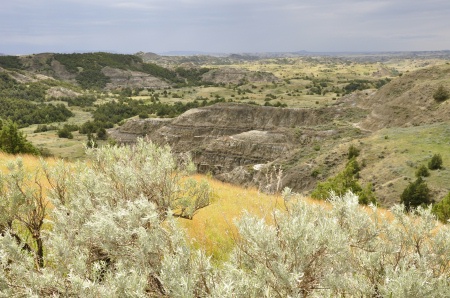 |
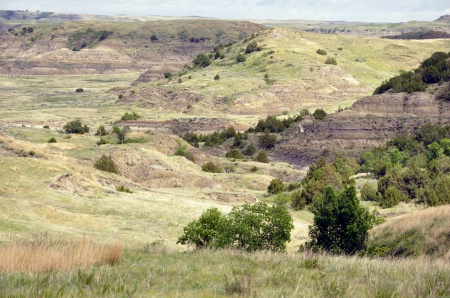 |
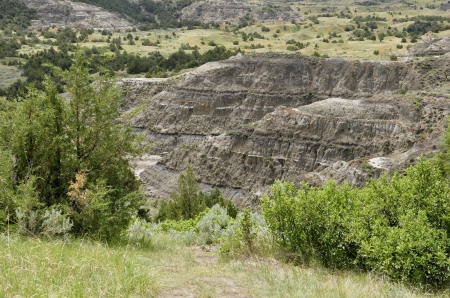 |
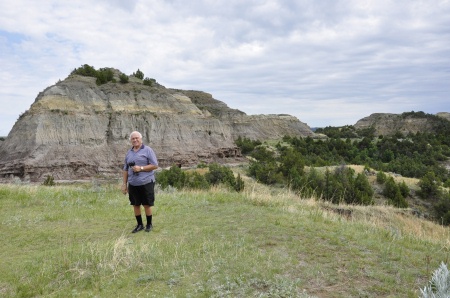 |
 |
|
Below: Badlands Overlook at Theodore Roosevelt National Park |
|
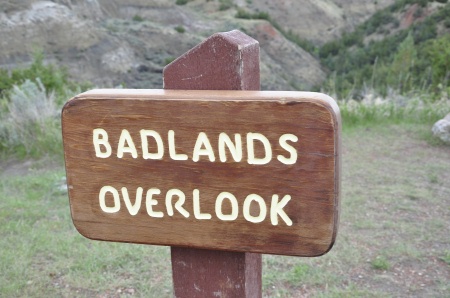 |
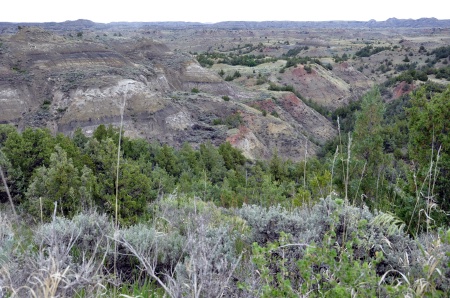 |
 |
|
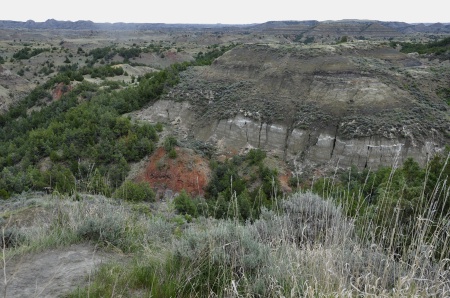 |
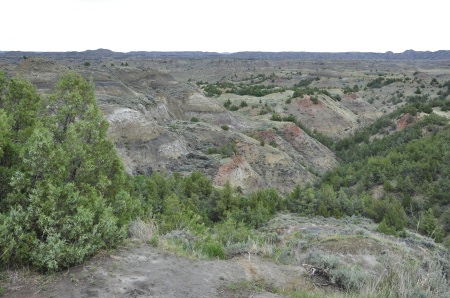 |
 |
|
Below: Scoria Point Overlook at Theodore Roosevelt National Park |
|
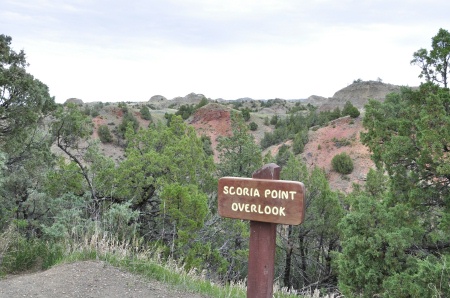 |
.jpg) |
 Scoria Point:
True scoria is volcanic in origin. Locally, however, wherever a seam of
coal has caught fire and baked the surrounding sand and clay into a kind
of natural brick, it has been given the name scoria. Over the years erosion
has removed the softer earth and left the bluffs capped with this harder,
more resistant material. Scoria Point:
True scoria is volcanic in origin. Locally, however, wherever a seam of
coal has caught fire and baked the surrounding sand and clay into a kind
of natural brick, it has been given the name scoria. Over the years erosion
has removed the softer earth and left the bluffs capped with this harder,
more resistant material. |
|
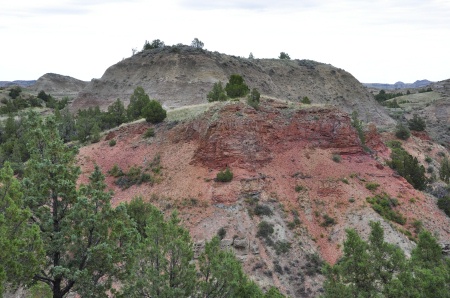 |
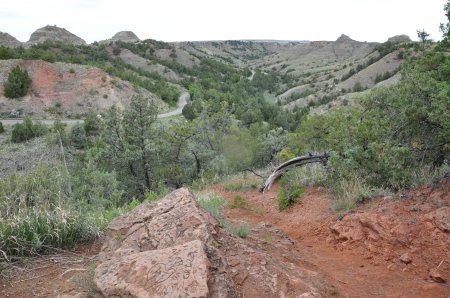 |
 |
|
 |
|
Below: Just past the Scoria Point Overlook by the roadside, the protrusion on this rock formation looked like it might be petrified wood. |
|
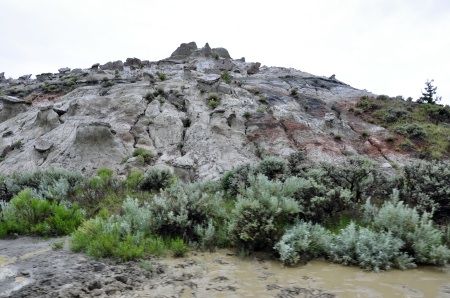 |
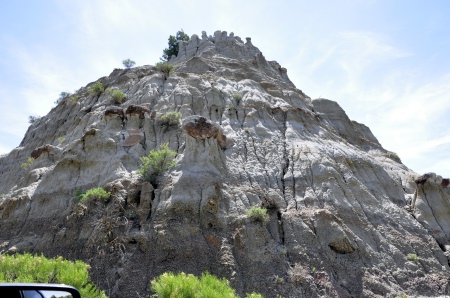 |
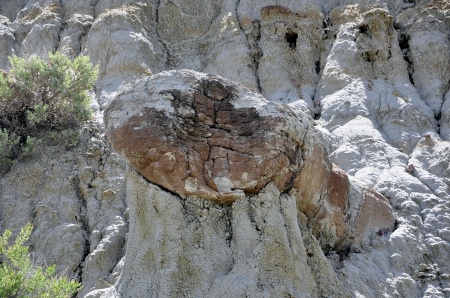 |
|
Below: The two
RV Gypsies hiked Ridgeline Nature Trail, an easy one-half mile 20 minute
, to learn information about the Badlands scenery, ecology and the role
of fire, wind, and water in this area. |
|
 |
|
This
land was termed "the land of no good"
because the terrain was too rough to travel. |
|
 |
|
| Below: The one-half of a mile Ridgeline Trail is a loop that provides a brief and educational view of the park. Plants from arid regions like yucca, prickly pear cactus, and sage, mingle with skunkbush, lichens and junipers. The charred remains of gnarled junipers stand as silent witnesses to a wildfire that swept the area in 1974. | |
 |
|
Below: Karen
Duquette on the Ridgeline Hiking Trail in Theodore Roosevelt National
Park, North Dakota - June 7, 2010 |
|
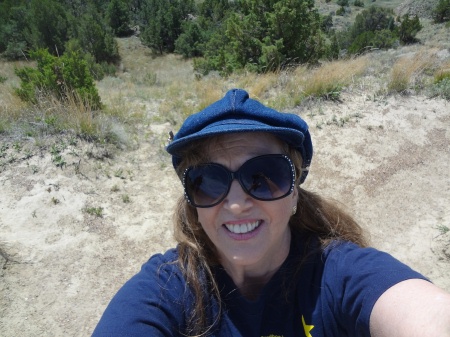 |
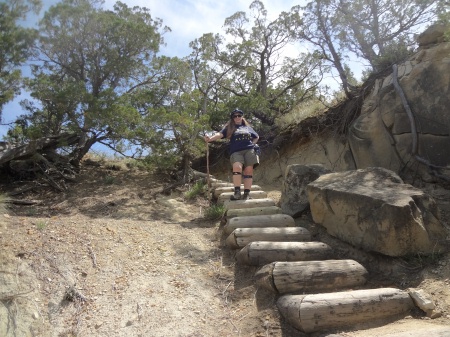 |
 |
|
 |